Innovation for Disabled Readers
By Daria Taslimi
Innovation for disabled readers comes in two forms: making an existing book accessible and making accessible books.
For some readers, picking a book off a shelf and reading it in a few hours is a simple task, but for others, a book may be too heavy. Readers may not be able to grip the page, or they may even struggle to read the text on the page. This is where physical assistive technology can come in handy.
Book holders, for example, are a hands-free way for readers with disabilities such as arthritis to read without having to strain their wrists as they hold a book open. For people with learning differences, translucent coloured overlays can be placed over the top of a page to make the text clearer and ‘windows’ (in which several lines above and below the one being read are covered) can make reading an easier task.
But these solutions are not a one-size-fits-all all, and can feel like an extra expenditure of effort that is not always possible for disabled readers. Some books, however, are made with disabled readers in mind. Books on the Hill Press is the UK’s first dyslexia-only publisher, their books are printed with wide spaces between the lines, larger serif fonts (like Comic Sans). More and more, publishers are producing dyslexia-friendly editions of top-selling books, but the cost of producing dyslexia-friendly editions of new books that haven’t had a wide reception is not a risk they can take.
However, there is a way that can benefit both readers with learning difficulties and physical disabilities. E-readers such as Kindle and iPads have become more common household items, but what many people don’t know is that with a Kindle, you can change the page colour, font, and font size to suit your individual needs. You can even buy holders that come with a remote for those who would struggle to turn the page of a book, even if it’s held up by a device. Text-to-speech has also improved, with organisations like Circular Software working with publishers to produce truly accessible e-books that offer non-robotic voice-overs, image descriptions and more.
